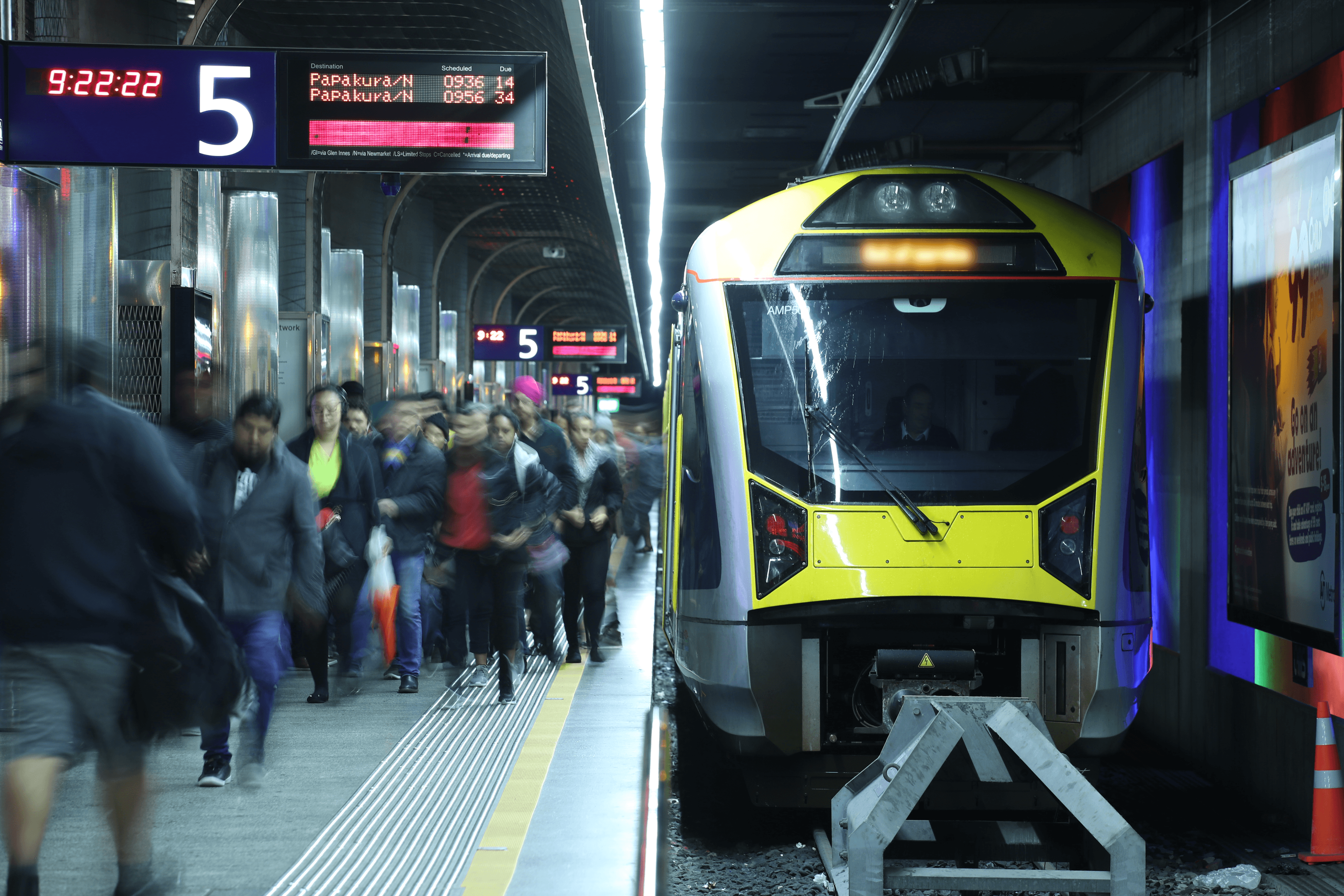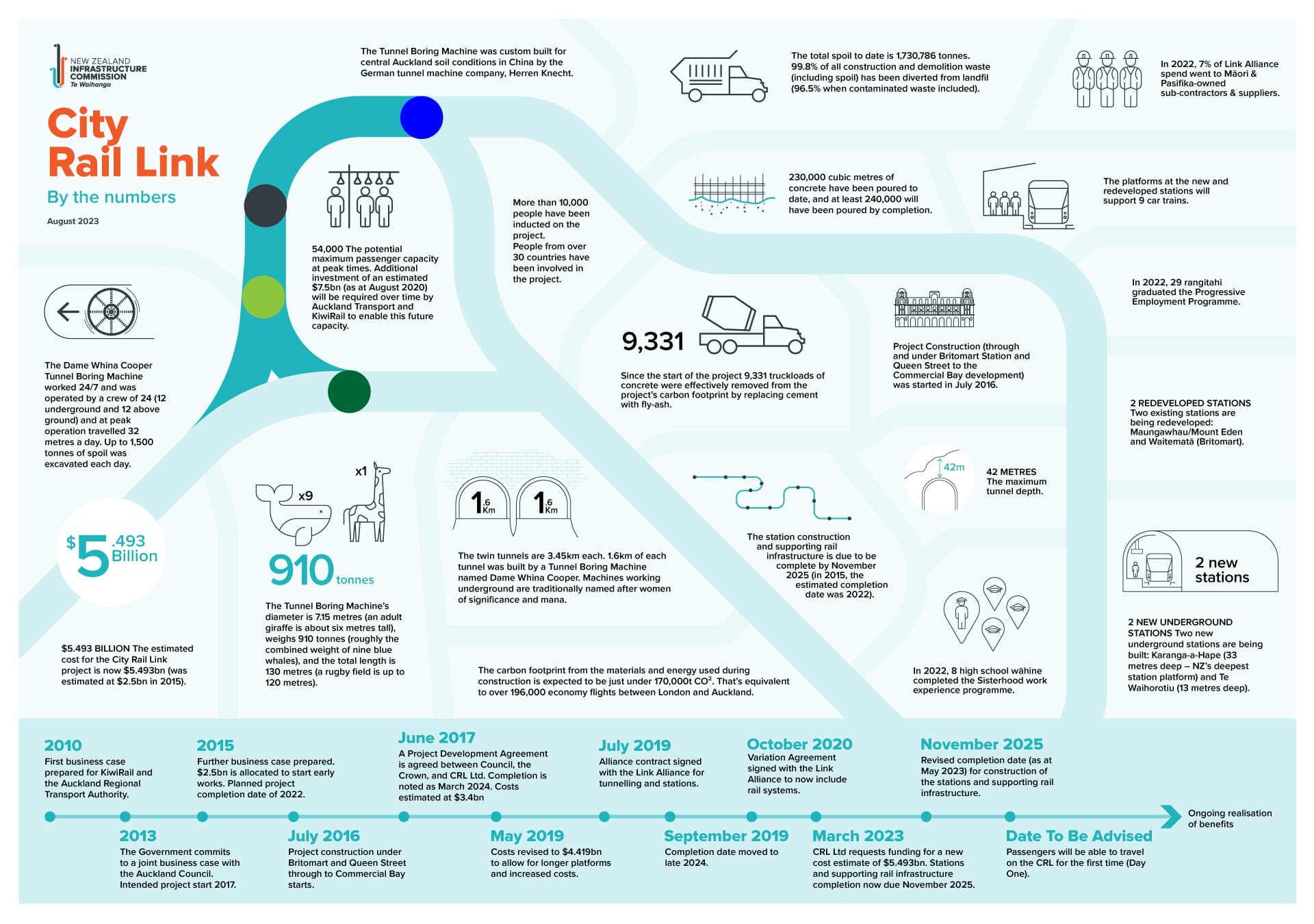

City Rail Link Lessons Learnt
We face a growing and unprecedented need for public infrastructure investment to support sustainable growth. While delivering significant benefits for future generations, such projects can come with significant cost. Taking key learnings from mega-projects we have already done can help improve how New Zealand plans and delivers major public infrastructure in future.
Over time, government and council plans have identified a series of transformational mass rapid transport investments in our largest cities which, if built, would require a scale of investment with few precedents in New Zealand’s history. By their nature, these mega-projects are also some of the most complex – working in dense urban environments, needing to integrate with existing legacy assets and creating disruption to the communities and business which they are also trying to support.
Given these delivery challenges, we determined that it would be useful to explore what lessons can be learnt from the City Rail Link (CRL) Project.
CRL Review Phase 1
The first phase sought to extract learnings from delivery-to-date of the CRL Project which may be applicable for other tunneled, rail, or large-scale infrastructure projects. The key focus of the review was on practical lessons and recommendations that will inform future decision making, policy development or project design to ensure that New Zealand realises greater value from its investment in major infrastructure projects.
CRL Review Phase 2
When Phase 1 was commissioned, it was thought this work may feed into a Phase 2 report, focusing on international comparators and lessons we can apply to future projects (see Terms of Reference below).
We have since increased the scope of this work and published research looking at system wide major project delivery. This report looks at international comparators in Dr Juliano Denicol’s 2020 study “What are the causes and cures of poor megaproject performance?”
This report aims to develop actionable recommendations for future New Zealand megaprojects.
Terms of reference
Download
Phase 1 key findings
- Foundation Documents – key foundation documents must be properly developed and understood before the project begins.
- Scoping – everything that’s needed to achieve a project’s benefits should be investigated and identified in the Business Case.
- Timings of Notices of Requirement and Resource Consents – early certainty of funding reduces a project’s timeframes and improves overall efficiencies.
- Property Acquisitions – a good property acquisitions process was supported through such things as high quality communication materials, advanced consenting that reduced uncertainty for landowners, and a non-binding, facilitated mediation process.
- Development of a Procurement Strategy – a robust, coherent Procurement Strategy should be part of the planning and consenting process.
CRL phase 1 - Preliminary lessons learnt
Download
